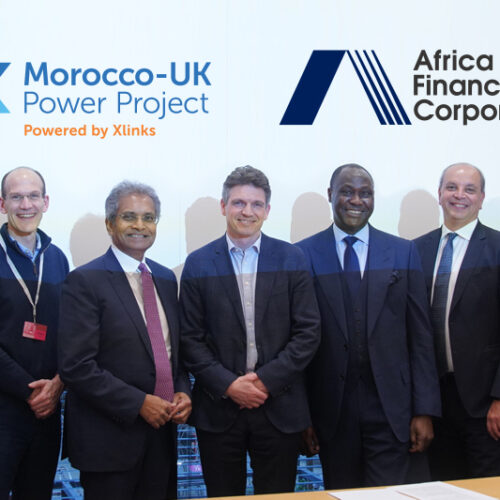bp’s profits have surged to £6.9 billion ($8.45 billion) for Q2 2022, its highest in 14 years, amidst the continued energy crisis.
The oil and gas (O&G) giant’s profit grew in the second quarter of the year from £5.1 billion ($6.2 billion) in Q1. This growth was due to strong refining margins, oil trading performance and higher liquids realisations, it noted.
Gas marketing and trading was down from the “exceptional result” in the first quarter however, impacted by an ongoing outage at Freeport LNG.
bp’s reported profit grew to £7.6 billion ($9.3 billion), up from a loss of £16.7 billion ($20.4 billion) for Q1 2022.
This first quarter loss was driven by the company’s decision to exit its 19.75% shareholding in Rosneft and other businesses with Rosneft in Russia – the company’s board voted on its continued involvement with the Russian state-owned O&G company in February, following Russia’s invasion of Ukraine, finding the relationship “simply cannot continue” in light of the aggression.
Overall, the company’s profits for the first half of 2022, sat at £11.95 billion ($14.6 billion).
“Today’s results show that bp continues to perform while transforming,” said Bernard Looney, chief executive officer of bp.
“Our people have continued to work hard throughout the quarter helping to solve the energy trilemma – secure, affordable and lower carbon energy. We do this by providing the oil and gas the world needs today – while at the same time, investing to accelerate the energy transition.”
The company pointed to a recent partnership with Iberdrola to develop green hydrogen in the UK, Spain and Portugal, as well as rollout electric vehicle charging infrastructure, as evidence of its continued focus on transforming into an integrated energy company.
bp has a total pipeline of 25.8GW of renewables, 80% of which are solar, driven by its development company Lightsource bp. It has 4.4GW of renewables developed to final investment decision stage globally.
Its operating cash flow for Q2 was £8.9 billion ($10.9 billion), and includes £0.98 billion ($1.2 billion) of payments it is making related to the Gulf of Mexico oil spill.
During Q2, bp executed £1.9 billion ($2.3 billion) of share buybacks, and completed the £2 billion ($2.5 billion) programme announced with its first quarter 2022 results on 22 July.
It saw surplus cash flow of £5.4 billion ($6.6 billion) in the second quarter, and intends to execute a $3.5 billion share buyback before announcing its Q3 results. The company has now paid back 60% of surplus cash flow from 2021 and the first-half of 2022 through share buybacks.
For the ninth successive quarter, the company’s net debt fell, to reach £18.7 billion ($22.8 billion) by the end of Q2.
The company’s results follow fellow O&G giant Shell announcing adjusted earnings of £9.6 billion for Q2 last week.
Continued high commodity prices drove their profits, with gas prices in particular remaining high and volatile, impacted by the Russian invasion of Ukraine.
On the back of these high prices, energy bills in Britain are predicted to £3,420 and £3,850 for the Q4 22 and Q1 23 period respectively.
Despite some support from the government – with £400 over six months provided to households to ease the jump, funded through a 25% windfall tax on O&G companies – the significant strain of this increase it expected to push millions in the country into fuel poverty.





